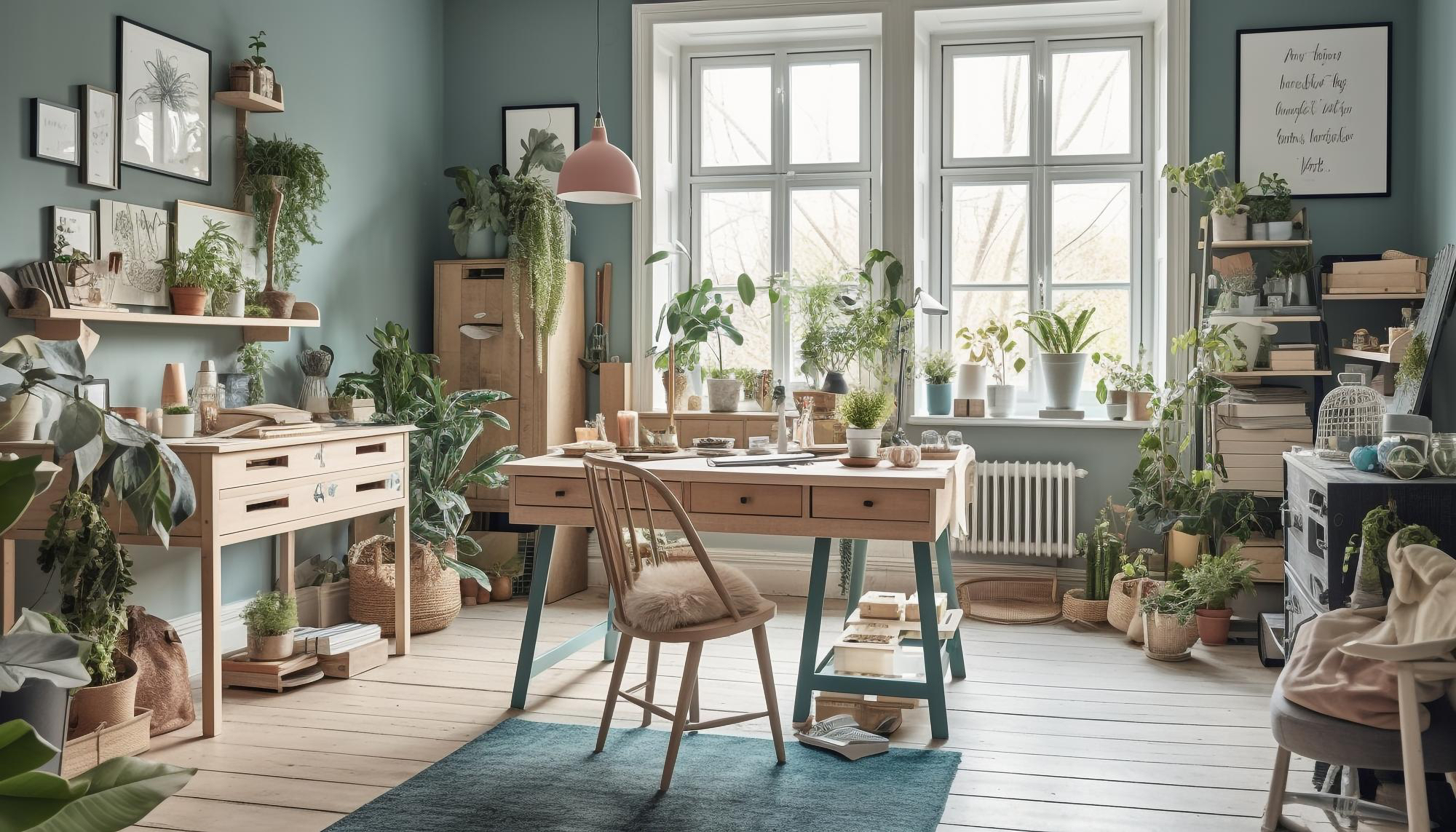Sustainable Furniture Choices: Crafting an Eco-Friendly Home
In a world where environmental concerns are paramount, making conscious choices extends beyond just daily habits to encompass the way we furnish our homes. Sustainable furniture not only reduces our carbon footprint but also brings a unique sense of purpose and style to our living spaces. In this blog post, we’ll delve into the world of eco-friendly furniture, exploring the benefits of sustainable choices and offering insights into how you can craft an environmentally conscious and visually appealing home.

1. The Importance of Sustainable Furniture
Sustainable furniture takes into account the entire lifecycle of a piece, from sourcing materials to production, usage, and disposal. By opting for sustainable choices, you contribute to the preservation of natural resources, reduction of waste, and support of ethical production practices.
2. Materials Matter
When choosing sustainable furniture, pay attention to the materials used. Look for certifications like FSC (Forest Stewardship Council) for wood products, indicating that the wood comes from responsibly managed forests. Materials like bamboo, reclaimed wood, and recycled metal are excellent choices due to their minimal environmental impact.
3. Mindful Manufacturing
Support furniture brands that prioritize eco-friendly manufacturing processes. Look for those that use water-based or low-VOC (volatile organic compounds) finishes to reduce harmful emissions. Additionally, consider pieces that are handmade or locally crafted to support local artisans and reduce the carbon footprint associated with transportation.

4. Durability and Longevity
Sustainable furniture is built to last. Investing in well-constructed pieces might initially come at a higher cost, but the longevity of these items reduces the need for frequent replacements, ultimately saving resources and money over time.
5. Upcycling and Repurposing
Give old furniture a new lease on life through upcycling and repurposing. Embrace DIY projects that breathe fresh style into outdated pieces or repurpose furniture for new uses. This not only saves resources but also adds a unique touch to your décor.
6. Multifunctional Designs
Opt for furniture with multifunctional features. Pieces that serve more than one purpose, like a sofa bed or a dining table with storage, help you make the most of your space while reducing the need for excess furniture.
7. Vintage and Secondhand Finds
Consider sourcing furniture from vintage stores, flea markets, and online platforms. Vintage pieces not only bring character to your space but also contribute to the reduction of demand for new products.
8. Ethical Brands and Certifications
Look for furniture brands that prioritize sustainability and ethics. Certifications like B Corp and GREENGUARD ensure that a brand follows environmentally responsible practices. Research a brand’s commitment to sustainability and transparency before making a purchase.
9. Minimalist Mindset
Adopt a minimalist approach to furniture. Prioritize essential pieces that truly enhance your daily life and declutter your space. A well-curated selection of furniture not only promotes a sense of calm but also reduces unnecessary consumption.
10. Eco-Friendly Accessories
Complement your sustainable furniture with eco-friendly accessories. Choose organic and natural textiles for upholstery and cushions. Incorporate indoor plants to purify the air and bring a touch of nature indoors.




